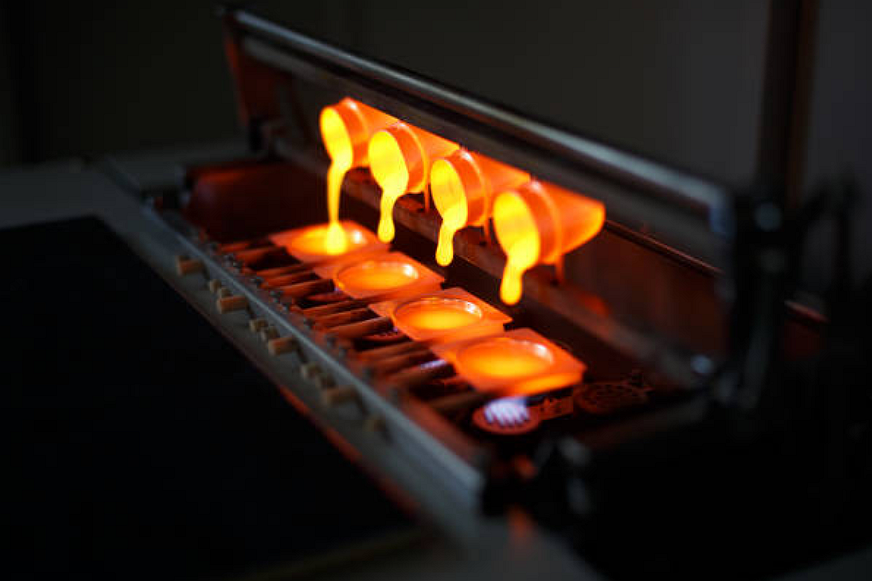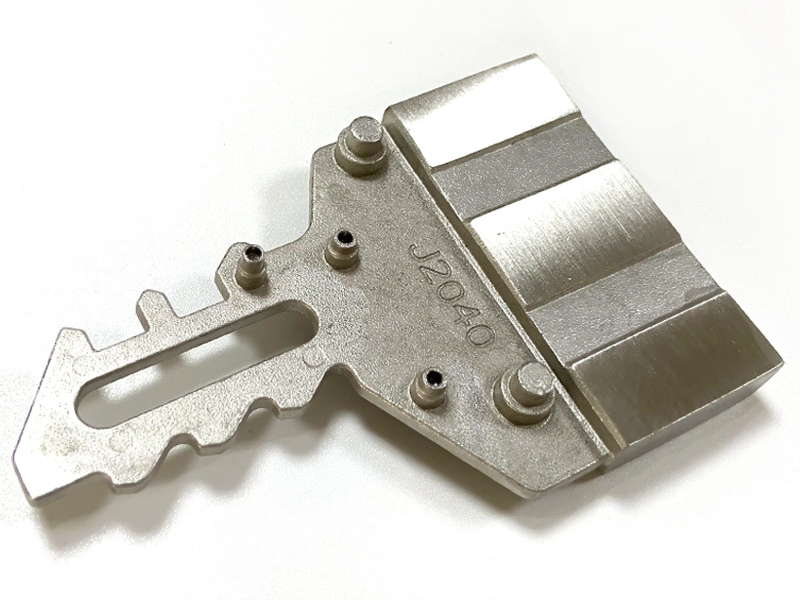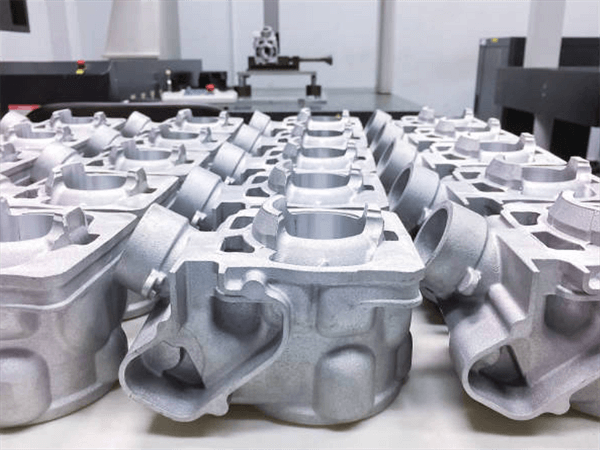What makes gravity casting ideal for low-volume production?
Understanding the Gravity Casting Process
As an engineer, I often recommend gravity casting when clients need high-quality metal parts in limited quantities. The process relies on gravity rather than pressure to fill the mold cavity with molten metal, allowing for a smoother metal flow and reduced turbulence. Compared to die casting, it requires simpler tooling and lower setup costs, making it ideal for projects that don’t justify the expense of expensive molds.
Flexibility with Materials and Applications
Gravity casting supports a broad range of materials, including cast aluminum, magnesium alloy, zinc alloy, and copper alloy. These alloys offer excellent strength-to-weight ratios, high heat conductivity, and corrosion resistance, making them suitable for small-batch applications. This adaptability enables manufacturers to serve industries such as automotive, aerospace, and lighting solutions, where customization and precision are crucial.
Simplified Tooling and Cost Efficiency
Unlike investment casting or high-pressure die casting, gravity casting molds are simpler and more cost-effective to modify. This reduces tooling amortization and shortens lead times, crucial for low-volume production runs and prototype validation. Moreover, by using rapid molding prototyping, manufacturers can produce test molds faster, aligning with design iterations before mass production.
Achieving Superior Surface Finish and Structural Integrity
The controlled solidification in gravity casting minimizes porosity and improves density. After casting, parts can undergo heat treatment to refine microstructure and mechanical strength. Post-processing steps such as sandblasting and anodizing further enhance corrosion resistance and aesthetics, making the components suitable for critical mechanical assemblies or exposed surfaces.
Material Versatility in Prototype and Production Stages
Material flexibility is another major advantage. Engineers can test variants like A380 aluminum, B390 aluminum, or 360 alloy to balance casting performance and mechanical requirements. Gravity casting’s moderate tooling cost also supports small production batches with premium alloys such as nickel-based alloys or cast stainless steel.
Seamless Integration with Other Manufacturing Processes
Gravity casting complements other processes, such as CNC machining and prototyping, for achieving tighter tolerances, as well as sheet metal fabrication for hybrid assemblies. This integration allows manufacturers to optimize each part for both cost and function while maintaining structural consistency across components.
Ideal Choice for Custom and Specialty Projects
For clients seeking custom parts that require precision, durability, and aesthetic refinement without committing to large volumes, gravity casting stands out. Combined with surface finishes such as PVD coating or polishing, this process provides a cost-effective path to production-grade quality in small batches.



